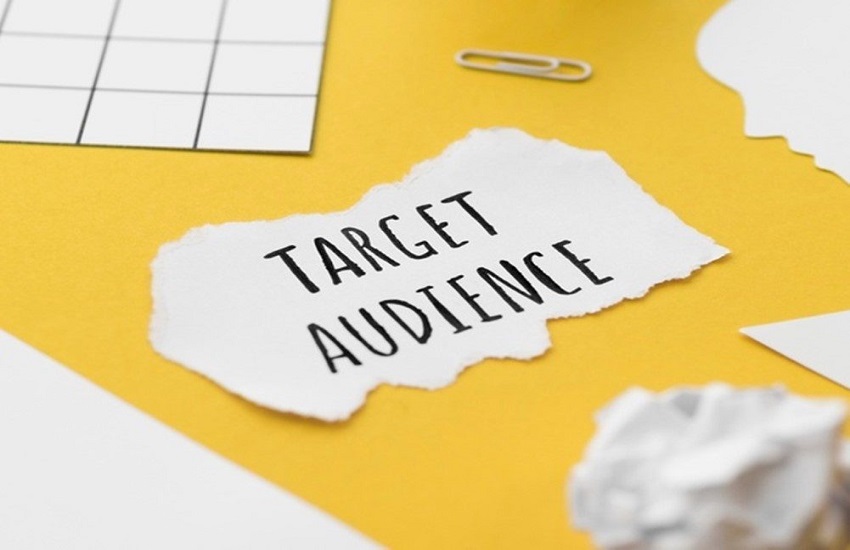You’ve heard of SEO, but what about CRO?
Conversion rate optimization (CRO) is an approach to improving your website by examining how each of your visitors engage with your website. While search engine optimization allows for customer acquisition, conversion rate optimization allows for an increase in conversions such as lead generation and sales. Driving traffic to your site does not always equate to profitable leads or transactions. But, dedicating time to optimizing your website to improve conversions can make your business more profitable and your marketing strategies more scalable.
So, what exactly is a conversion? A conversion can be anything from a purchase to an email sign-up, creation of an account, completion of a survey, or a download. The conversion rate is the percentage of visitors who take the desired action on your page. Conversion optimization increases the likelihood that your visitors will complete that specific action.
But why is CRO important and how can it benefit you and your business?
An obvious benefit to improving your conversion rates is increasing customers but without having to spend more money on advertising. For example, you will still be working with the initial traffic you already have, but the conversion rate of this traffic is doubled, leading you to simultaneously double your revenue. Not only are you saving money, but you make more by decreasing your cost per acquisition (CPA).
Your profit is the amount from your revenue minus your business costs.
When you double your conversion rate, you would assume your costs would also double, but it does not.
- Your variable costs do ‘double’, as these costs refer to the proportion of units sold, cost of goods sold, costs of direct labor, distribution, and customer support
- But your ad and fixed costs will remain the same
CRO is a more cost-effective strategy and provides immediate and tangible profits that go straight into your pockets without needing to further invest in advertisers.
As your conversion rate increases, you become more profitable. CRO unlocks marketing opportunities you previously could not consider due to cost. With the increased profit you can allocate more money into your advertising budget, which in turn will increase the flow of traffic to your site. The incoming flow of visitors will create opportunities for your company to gain new customers.
Most efforts in marketing are centered around getting someone to click and visit your page then make a purchase. Promotions and special offers can encourage this, but even the best campaigns fall short if your website is not properly optimized. A major advantage to CRO is the ability to funnel site visitors and drive them towards making a purchase. If done correctly, it increases the effectiveness of your marketing and customers will continue to return, resulting in a higher customer lifetime value.
You know how CRO can benefit your business, but what exactly do you need to do to reap those benefits?
It can be a bit confusing when you’re getting started, and when it comes to CRO there isn’t a “one size fits all” methodology. Conversion rate optimization takes time with meticulous experimentation and examining the changes you’ve made to figure out what works best for you.
HERE ARE SOME OF OUR SUGGESTIONS TO GET STARTED AND HOW WE CAN HELP YOU TO OPTIMIZE YOUR WEBSITE CONVERSION RATE:
#1 Establish Conversion Metrics
Conversion rate optimization is focused on conversions, so, it is important that you first identify what your conversion goals are for any given web page or app screen. The metrics will be dependent on your business and what your goals are.
Here are some examples:
- Media:Pageviews, ad views, newsletter subscriptions, recommended content engagement
- E-Commerce:product sales, add-to-carts, shopping cart completion rate, e-mail newsletter sign-ups
- Travel:booking conversions, ancillary purchases, social shares
- B2B:leads generated, deals closed
It can be confusing when you are just starting to figure out which metrics align best with your needs, we work with our clients to determine which metrics would be best to track to meet their company goals.
#2 Identifying Areas to Optimize
Work with a CRO specialist to perform a CRO analysis or web audit to determine where you need to start based on the goals you have set. Here at IMS, we assist our clients with reviewing their entire site, and pinpoint areas of weakness.
Typically, you will want to begin optimizing at the portion of your conversion funnel that receives the most amount of traffic or generates the largest number of conversions. Focusing on these pages will allow you to see the results of your testing faster and will have a more immediate impact on your business.
#3 A/B or Multivariate testing
Companies that see a significant increase in their sales are on average completing 6.45 A/B and multivariate tests per month in contrast to the 2.42 tests of those whose sales are decreasing. With that in mind, A/B testing plays a very important role in CRO.
What is A/B testing? In the simplest terms, it means splitting your traffic and directing them to multiple versions of the same page. For example, you set up two pages, one page has a blue Call-To-Action and other a green one. You present the blue to one half of the traffic and the green to the other half. You then collect the data from each page and examine if there is a difference to the conversion rate based on these changes.
Changing the colour of your call-to-action button isn’t the only element you can test of course. You can make subtle changes to headlines, the copy, image sizes, layout, amount of text, fonts… and so on. If it’s an element you can test and improve on, then it should be included.
As a business, it can be time-consuming to take up A/B testing yourself with no idea what the best practices are. With our expertise, we can help clients improve results for their existing website or landing pages and drive conversion.
#4 Customer Journey Analysis
While testing can improve elements of your site and create a better user experience leading to conversions, it is also vital as a business to understand your customers and the journeys they take that lead up to a conversion. Customer behaviour is constantly changing and has become increasingly complex and unpredictable.
Taking the time to do a customer journey analysis in order to identify pain points where customers struggle is a crucial part in improving your conversion rates. Make sure you collect data online and offline to create a complete profile on your customers’ journeys. Ensure that you hire talent with the right skills to analyze this data and create actionable insights to improve the customer experience. Alternatively, you can work with a third-party that provides this service.
#5 Feedback
The most straightforward way to figure out how customers are responding to your brand and website is to collect feedback. Direct feedback from customers can be put towards improving their experience on your page, whether it is in the form of a survey or a less obtrusive method like the Net Promoter Score.
CRO does not only increase conversion, the process also leads to a better user experience. It can remove barriers, clarify navigations, improve engagement, and reduce customer struggles, making your website a better place to browse and increasing your ROI on your marketing strategy.
About the Author
Manuela leads the Marketing division at IMS, advising clients on branding and market positioning in both Europe and Asia.
Prior to joining IMS, Manuela worked in financial regulation and compliance. Past experiences include representing France in roundtable discussions in Brussels for the European Venture Capital Fund (EuVECA) Regulation.
She obtained her LL.B (Hons) at UCL before graduating from Sciences-Po, Paris, with a Master’s in Financial Regulation.
Connect with Manuela Burki on LinkedIn



